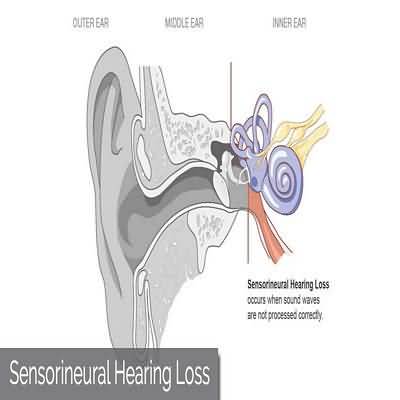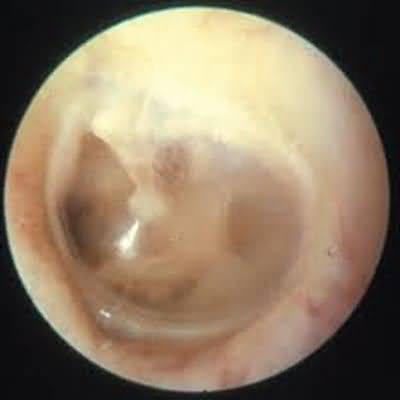traumatic lesions of the vocal folds
traumatic lesions of the vocal folds
Vocal fold nodules are smooth, paired lesions that form at the junction of the anterior one-third and posterior twothirds of the vocal folds
They are a common cause of hoarseness resulting from vocal abuse
In adults, they are referred to as “singer’s nodules” and in children as “screamer’s nodules
”
Treatment
requires modification of voice habits, and referral to a speech therapist is indicatedWhile nearly all true nodules will resolve with behavior modification, recalcitrant nodules may require surgical excision
Often, additional pathology, such as a polyp or cyst, may be encountered
Vocal fold polyps are unilateral masses that form within the superficial lamina propria of the vocal fold
They are related to vocal trauma and seem to follow resolution of vocal fold hemorrhage
Small, sessile polyps may resolve with conservative measures, such as voice rest and corticosteroids, but larger polyps are often irreversible and require operative removal to restore normal voice
Vocal fold cysts are also considered traumatic lesions of the vocal folds and are either true cysts with an epithelial lining or pseudocysts
They typically form from mucus- secreting glands on the inferior aspect of the vocal folds
Cysts may fluctuate in size from week to week and cause a variable degree of hoarseness
They rarely, if ever, resolve completely and may leave behind a sulcus, or vocal fold scar, if they decompress or are marsupialized
Such scarring can be a frustrating cause of permanent dysphonia
Polypoid corditis is different from vocal fold polyps and may form from loss of elastin fibers and loosening of the intracellular junctions within the lamina propria
This loss allows swelling of the gelatinous matrix of the superficial lamina propria (called Reinke edema)
These changes in the vocal folds are strongly associated with smoking, but also with vocal abuse, chemical industrial irritants, and hypothyroidism
While this problem is common in both male and female smokers, women seem more troubled by the characteristic decline in modal pitch caused by the increased mass of the vocal folds
If the patient stops smoking or the lesions cause stridor and airway obstruction, surgical resection of the hyperplastic vocal fold mucosa may be indicated to improve the voice or airway, or both
A common but often unrecognized cause of hoarseness and odynophonia are contact ulcers or their close relatives, granulomas
Both lesions form on the vocal processes of the arytenoid cartilages, and patients often can correctly inform the clinician which side is affected
The cause of these ulcers and granulomas is disputed, but they are clearly related to trauma and may be related to exposure of the underlying perichondrium
They are common following intubation and generally resolve quite quickly
Chronic ulceration or granuloma formation has been associated with gastroesophageal reflux but is also common in patients with muscle tension dysphonia
Treatment
is often multimodal, and an inhaled corticosteroid (eg, fluticasone 440 mcg twice daily) may be the most effective pharmacologic therapyAdjunctive treatment measures include proton pump inhibitor therapy (omeprazole 40 mg orally twice daily, or equivalent) and voice therapy with special attention to vocal hygiene
Rare cases can be quite stubborn and persistent without adequate therapy
Surgical removal is rarely, if ever, required for nonobstructive lesions


















